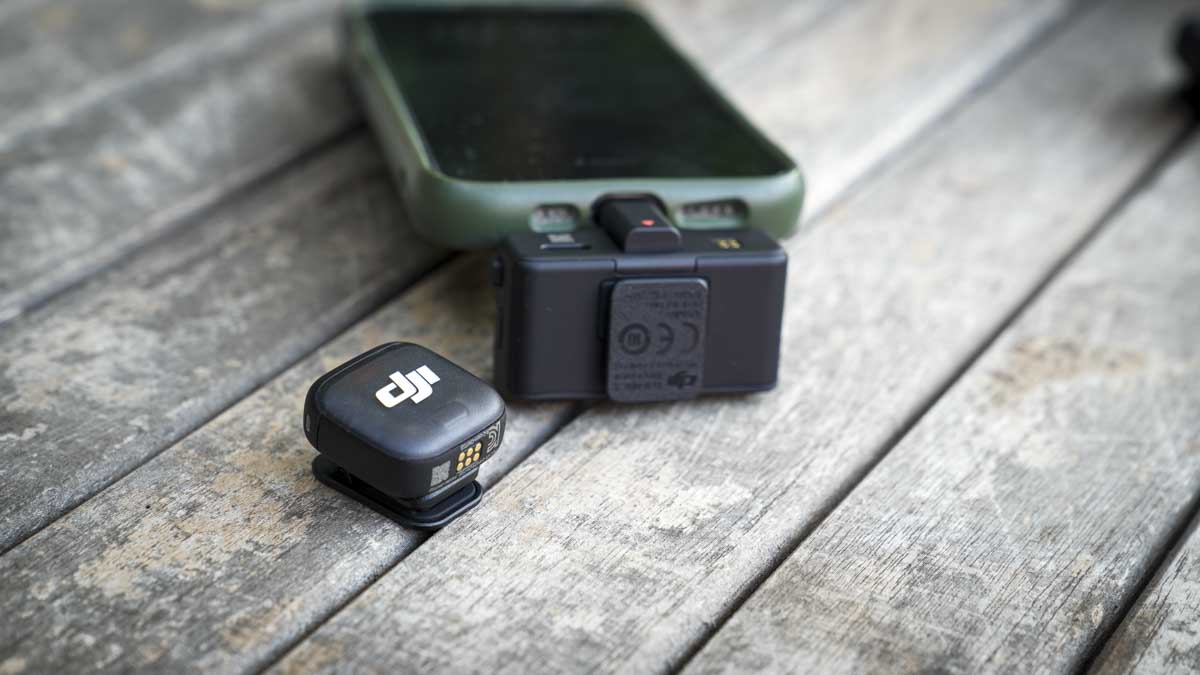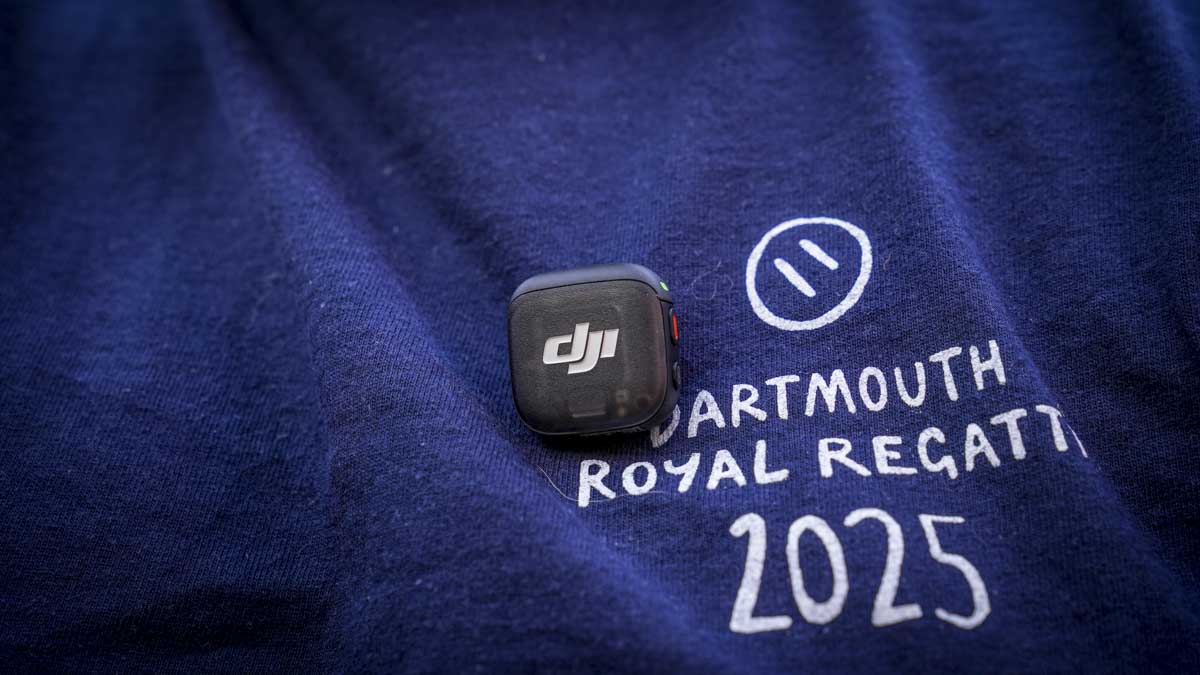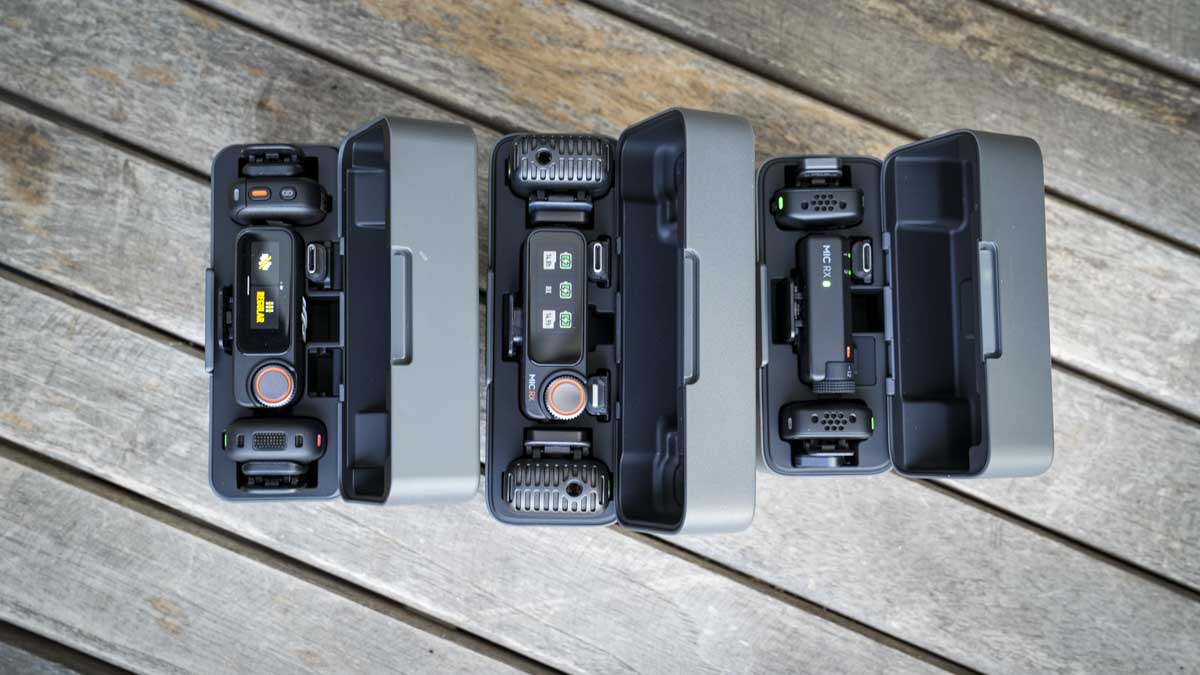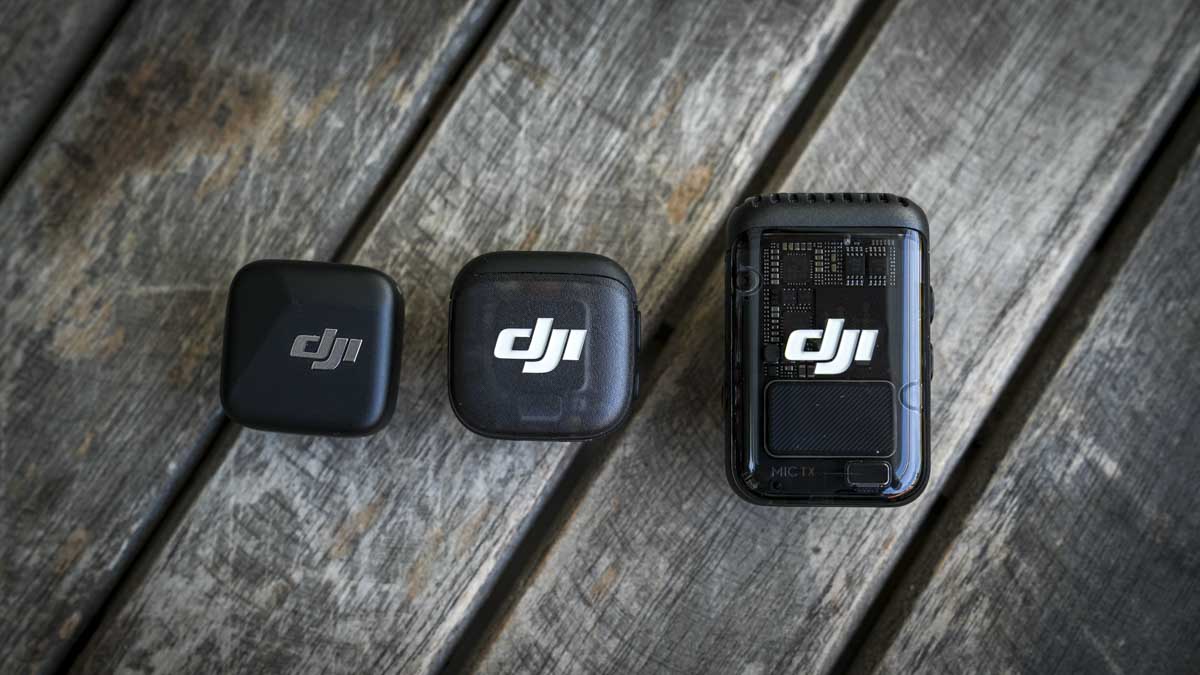Getting started with the DJI Mic 3 was all pretty straightforward. Once again, DJI has made these as quick and easy to use as possible, whether you’re using them indoors or out, as a professional or as a complete beginner.
From the outset, some of the new features really stood out, such as the adaptive gain control, which is accessible through the menu; this makes a huge difference to the quality of the audio capture.
The noise cancellation, which is easily switched on and off, also makes a big difference. Whether it’s traffic in the background, air-conditioning units, or just the low hum of people in a café, it does a really excellent job.
Then there are some of the more standard features that you’d expect from a pro-level mic system, such as the ability to monitor the audio recording directly from the receiver, which helps you fine-tune your recordings before you get started.
One feature I always find essential for any wireless mic system is the onboard recording. This ensures that the Mic itself is recording the audio as well as transmitting the signal to your camera or external recorder. The reason I find this so important is that sometimes another wireless signal can interfere, and by just having that direct record option, you can often avoid any type of interference that might otherwise ruin clear audio. However, it’s worth pointing out that these mics use channel hoping, which should reduce any interference anyway – sure enough, through the test, the audio quality throughout was clean.
Through the test, I used the Mic in a variety of different situations, from large echoey interiors to vast expanses of forest. In all situations, the quality of the pickup from the Mic was absolutely superb. Definitely in line with the DJI Mic 2s, but with the added advantage of adaptive gain control and improved noise cancellation, taking a lead in processing and output audio quality.
Another thing that appealed was the long battery life, which, like the DJI Mic 2s, would last an entire day without needing a top-up charge. There are some features I didn’t get to try during the test. The fact that this now supports four-track recording without needing four wireless transmitter mics is something I’m excited to fully test. This is a high-level professional feature, and for a mic system that comes in at £259 / €309 / US$309, it’s quite an appealing option.
As I ran through the test, I was once again impressed by the overall audio quality and the level of adjustment you can make directly through the receiver box. I was also impressed by the fact that I can now connect the Mic directly to a DJI Action 5 or the DJI Pocket 3, both of which make this a great solution for vlogging and content creation.
However, throughout the test, I couldn’t help but think that whilst on one hand, DJI is offering these excellent wireless mics with all of these professional features, on the other hand, it has removed a lot of the usefulness by eliminating the 3.5mm jack. So, while the professional market will be attracted to the four-channel recording, the fact that there is only the option for direct clothing-mounted positioning instantly reduces their pro-level appeal in a market that adapted so quickly to the DJI Mic 2 system.
I didn’t have the four transmitters to test, but I’m still interested in trying more advanced features, such as the timecode support. For most people, this won’t be needed, but when you’re using a multi-camera setup and need to sync all of those cameras and the audio, then having a timecode feature that enables syncing with your other equipment is definitely advantageous.
Then there’s the adaptive gain and the three voice presets. They really do enable you to apply post-production effects to your audio, giving a clearer and more professional result. DJI has also announced that the Mic 3 utilises DJI Osmo Audio, which enables it to be part of that larger ecosystem. During testing, this quickly became a core feature of the new system and really does open up the ease of use when used with other DJI products.
Getting into the test, I started off by doing standard mic-to-camera presenting. At this point, using the adaptive gain control was exceptionally good at cutting out peaks and troughs and just giving consistent audio quality. It’s worth noting that this, by default, is turned off, and you actually need to switch it on via the receiver. What I also liked about this was that when you had adaptive gain control set for interior use, it actually picked up several people exceptionally well. You could position the small Mic on a work surface and use it as a near-omnidirectional mic to pick up two people at close quarters, with really good quality.
As previously stated, the three voice tone presets were the feature that really stood out to me. When moving between different environments, switching between Regular, Bright, and Rich really does change the tone of the vocal, but it comes down to personal preference, which tone suits your voice or presentation style.
The two levels of active noise cancellation were also exceptionally good, and in line with many other manufacturers’ higher-end systems. Both basic and strong modes worked well to remove noise from air-con units and traffic.
By the end of the test, I could really see where DJI is going with these units. They’re aimed at the more professional direction many content creators are heading in with the ability to boost vocals through the mic rather than in post, and add highquality audio recording to larger interview and pannel groups.
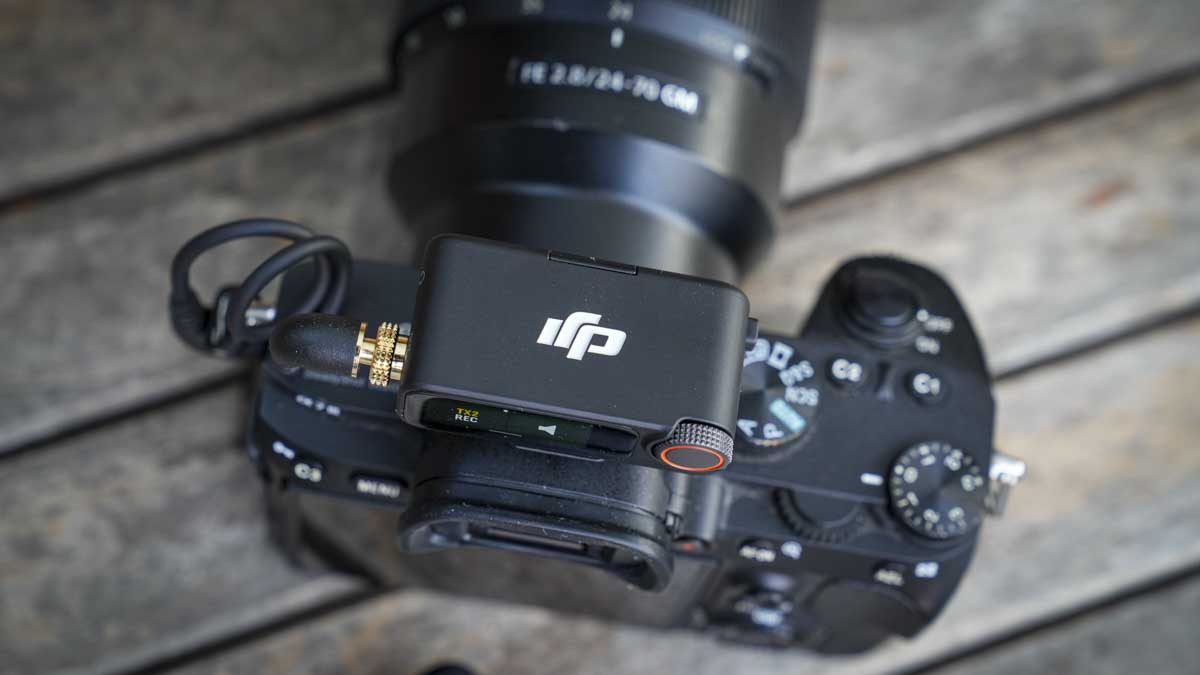
When it comes to content creation, the fact that you can now sync in those two additional wireless transmitters means you can be interviewing three people while still recording yourself on a separate track, and this is really appealing. The vocal tone and noise cancellation improvements also make professional-level audio recording more accessible than with the previous version.
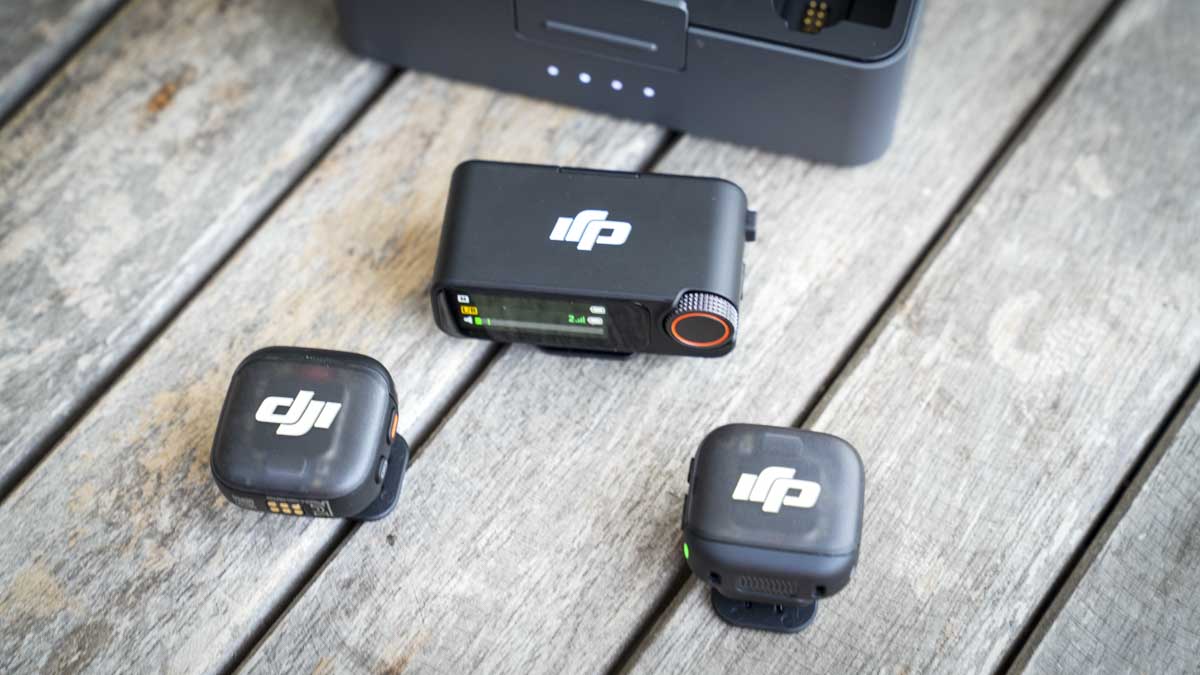


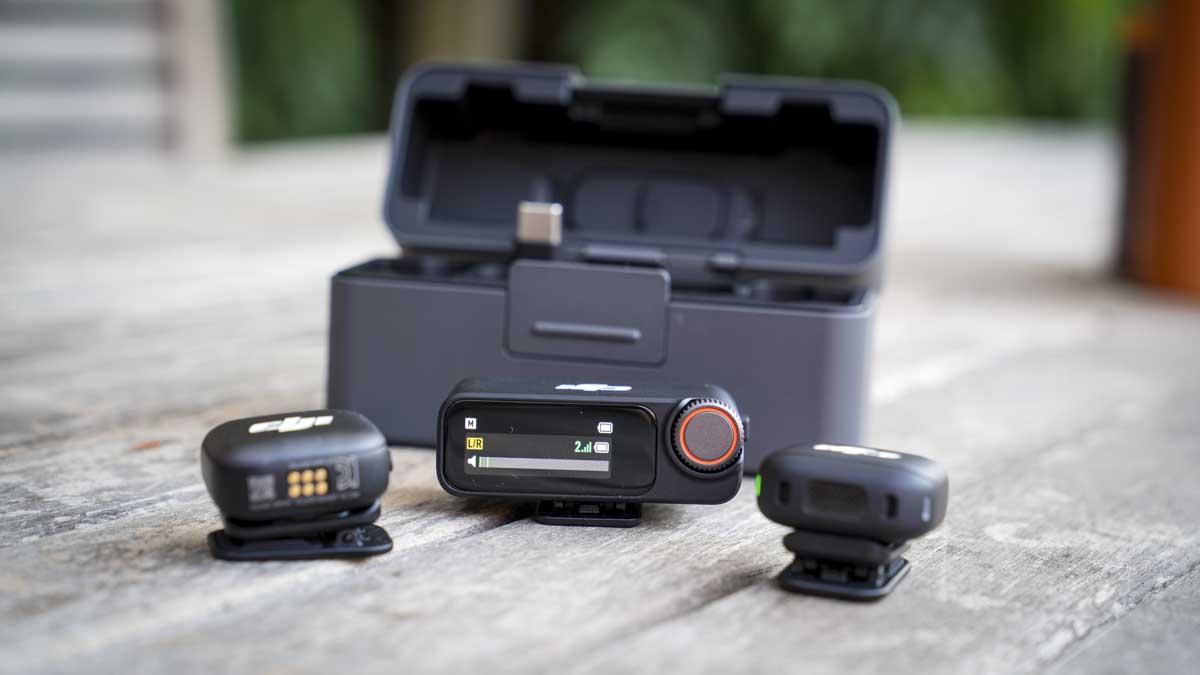


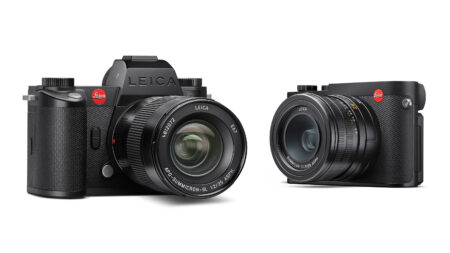
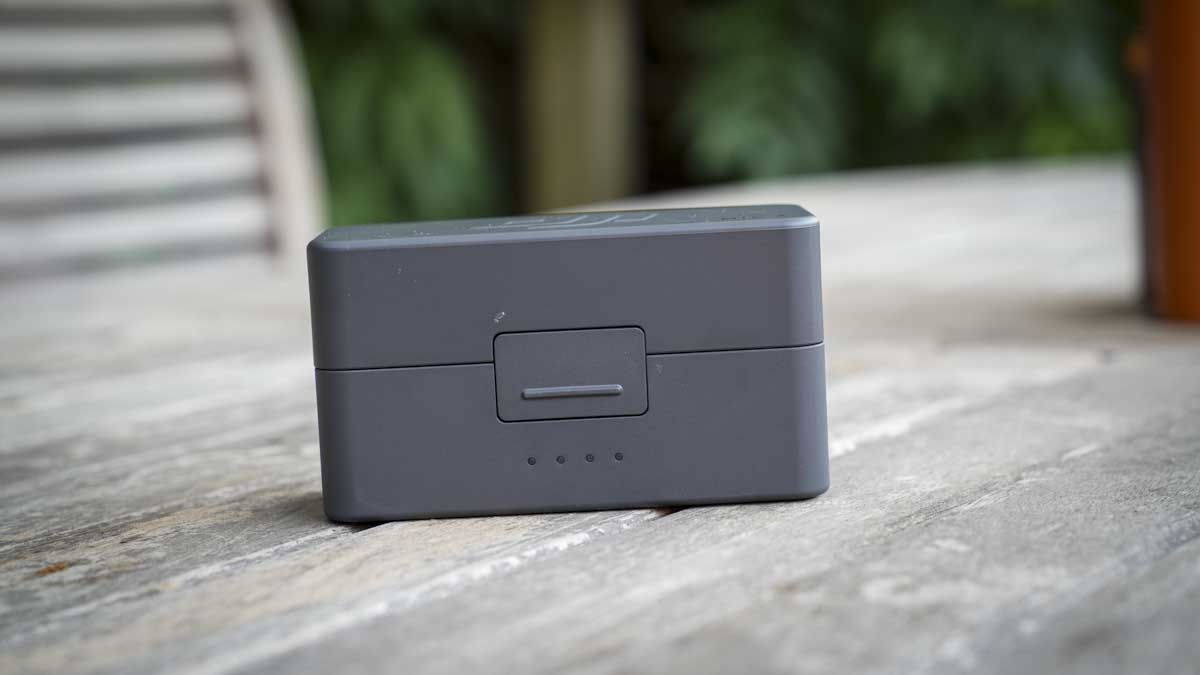
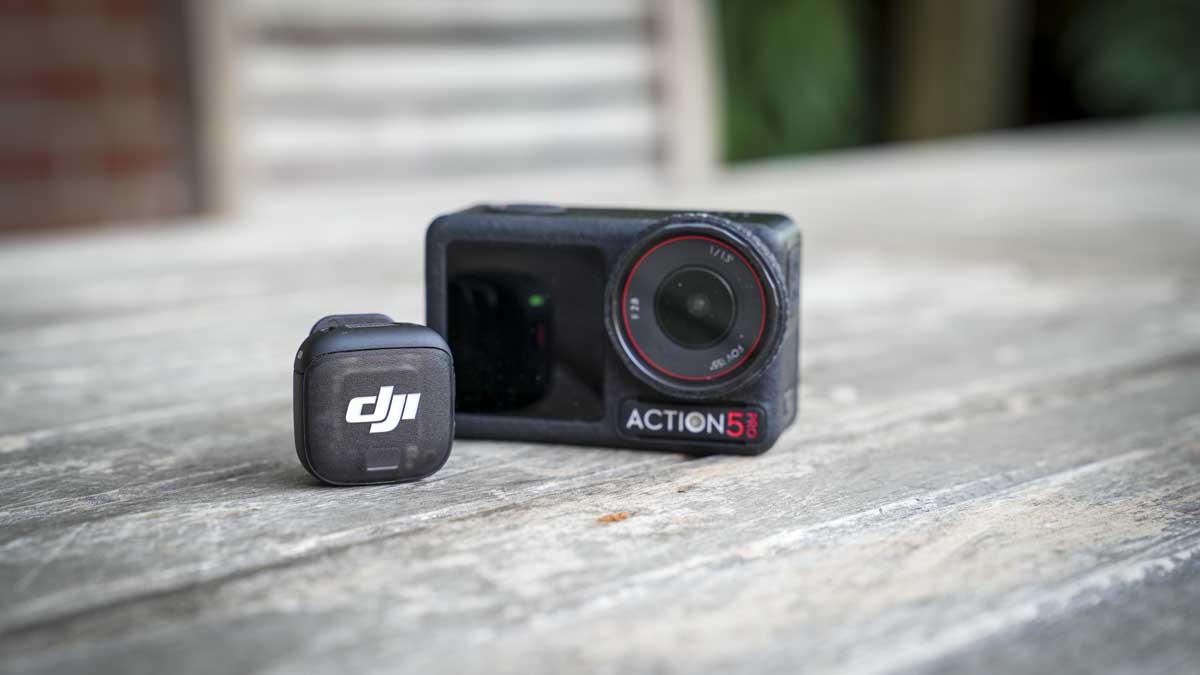
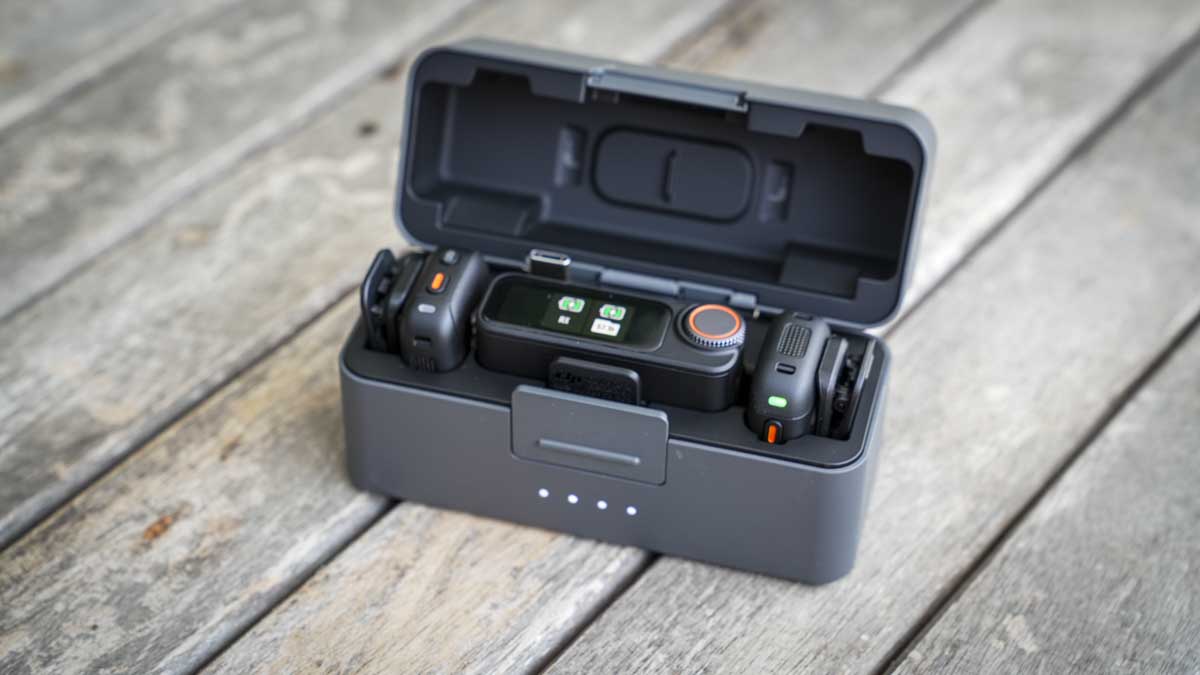 One of the features that really appeals to me is the fact that, on the DJI Mic 2, the basic adaptive gain control was good. We now have two different types: automatic for outdoor spikes, and dynamic, which is better for indoor use. Through the test, these two adaptive gain control options made a huge difference to the quality of the recordings.
One of the features that really appeals to me is the fact that, on the DJI Mic 2, the basic adaptive gain control was good. We now have two different types: automatic for outdoor spikes, and dynamic, which is better for indoor use. Through the test, these two adaptive gain control options made a huge difference to the quality of the recordings.